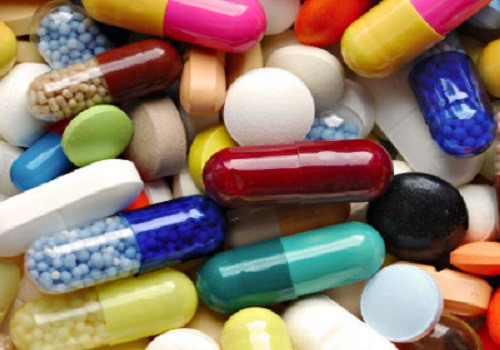According to medical data gathered from patients using these drugs in high-burden countries, including South Africa and India, the new drugs have the potential to dramatically improve the cure rates for people afflicted with severe forms of the disease. The statement reads in part, “The drugs already show much higher cure rates of 75 per cent and 97 per cent in the culture conversion compared to 26 per cent with existing regimens. Current treatment regimen for DR-TB involve taking thousands of pills over two years, which can have devastating side effects and ultimately only work for 50 per cent of people with multidrug-resistant TB.”
The TB Adviser for the MSF Access Campaign, Dr. Grania Brigden, stated that the results could be a significant step toward finding a shorter and more tolerable treatment for drug-resistant tuberculosis. Brigden said, “Tuberculosis is curable, yet it is now the infectious disease that kills the most people in the world. We desperately need treatment that is easier for people to tolerate, that cures more people and is more available and affordable. Otherwise, it’s just deadly business as usual.”
According to new data from the World Health Organisation, tuberculosis is now the leading killer disease in the world. Therefore, there is a critical need for more effective and more affordable treatment regimens for drug-resistant strains of the disease. However, the international aid organisation has called on the manufacturers of the new anti-tuberculosis drugs to make them more affordable and accessible to patients afflicted with severe forms of the infectious disease.
Source: MedWorld

 A new research conducted by Doctors Without Borders and two pharmaceutical companies, using two new anti-tuberculosis drugs known as bedaquiline and delamanid, has shown 75 to 97 per cent cure rates in affected patients.
A new research conducted by Doctors Without Borders and two pharmaceutical companies, using two new anti-tuberculosis drugs known as bedaquiline and delamanid, has shown 75 to 97 per cent cure rates in affected patients. 




